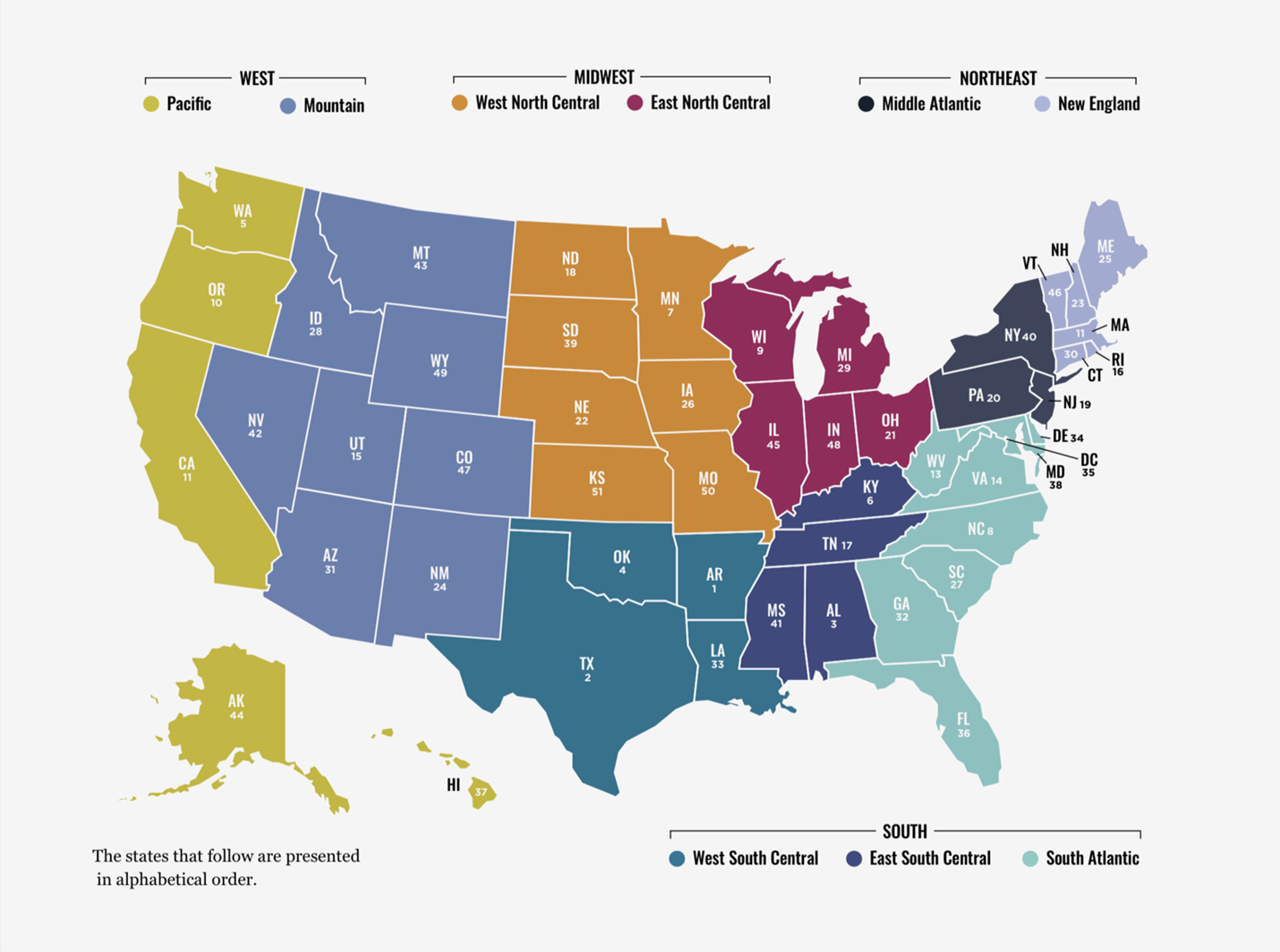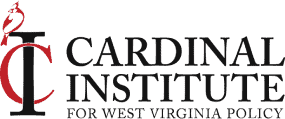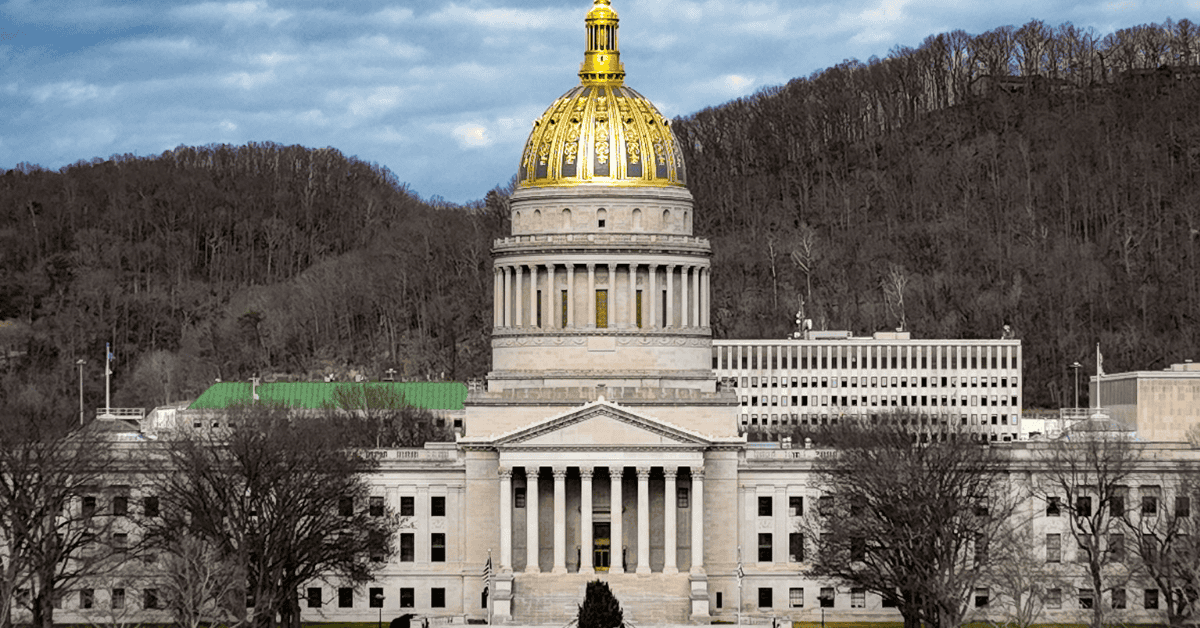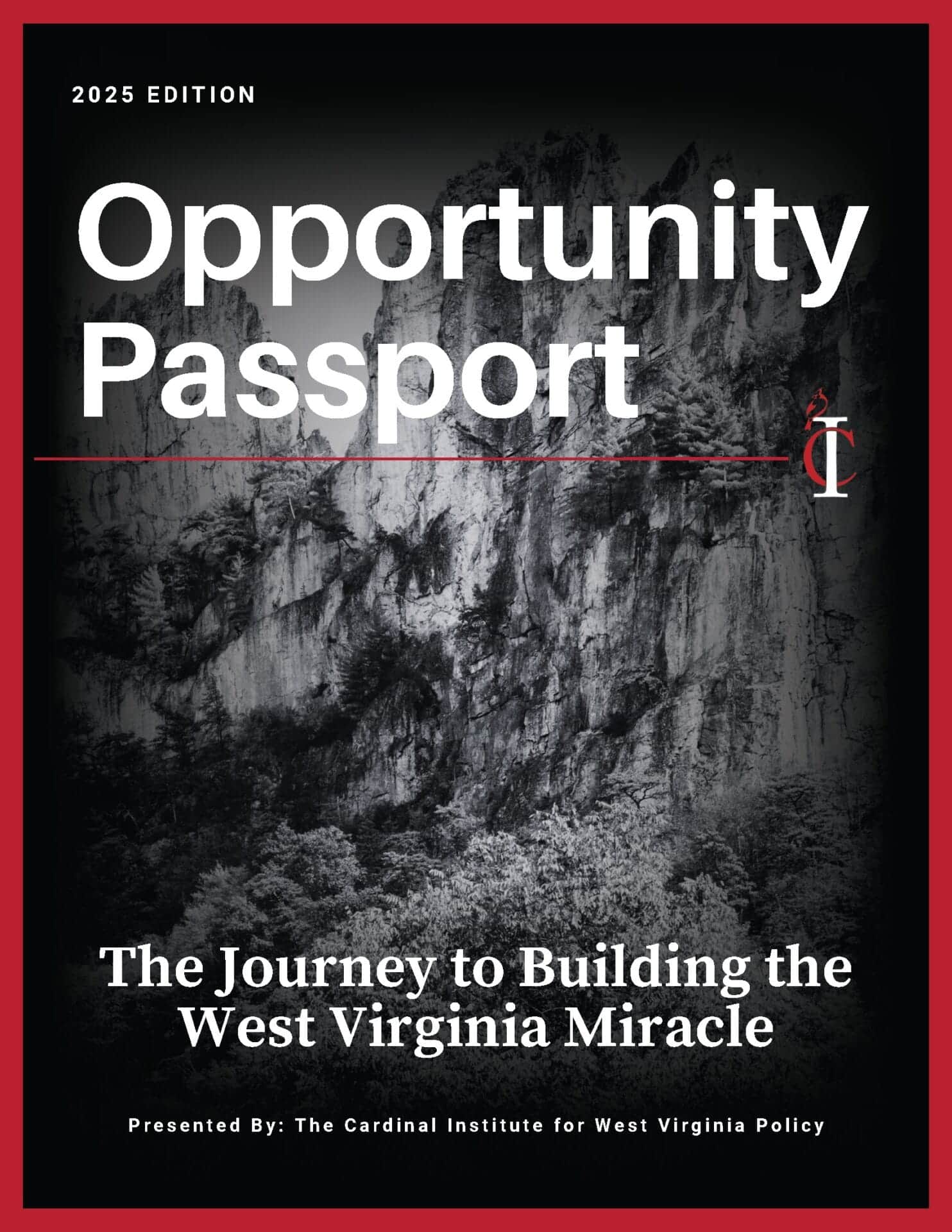
An Examination of Occupational Licensing in the States
State Occupational Licensing Index
Recently, our friends from the Knee Center for the Study of Occupational Regulation in partnership with the Archbridge Institute released their new State Occupational Licensing Index (SOLI).
This publication builds on previously published indices by Cato Institute and the Institute for Justice by expanding the scope of inquiry from strictly licenses to also include barriers to practicing an occupation and by expanding the scope of occupations that are considered in such indices. Specifically, SOLI considers both licenses and barriers to occupational practice.
Occupational Licenses vs. Barriers
Now, you may be asking — what’s the difference here? Per the report, “a license is an explicit license for that occupational title.” They define a barrier “to mean that the tasks associated with an occupational title are restricted by an occupational license.” To illustrate the difference, they offer an example from Alabama — acupuncturist. In the state, there is no specific acupuncturist license, but an acupuncturist must be a licensed physician in order to practice acupuncture.
To demonstrate the advance of SOLI over its predecessors, consider that the Institute for Justice’s 2022 License to Work 3 publication examines 102 low and middle income occupations. Cato Institute’s Occupational Freedom sub-index in their Freedom in the 50 States publication covers only 64 occupations. SOLI examines 331 occupations with formal barriers to entry. This gives a more comprehensive view of the hurdles to legally practicing one’s occupation throughout the entire socioeconomic spectrum.
What Occupational Licenses and Barriers to Work Exist in West Virginia?
That all said, we’re a West Virginia organization, so how does West Virginia stack up in this new index? Turns out, the Mountain State ranks 13th in the country with 189 total barriers and 153 total licenses. The national averages are 179 barriers and 150 licenses. An individual worker in West Virginia faces higher hurdles to gainful employment here than in most places across the country.

Zooming in to a more relevant range of comparison, West Virginia remains at a disadvantage. When comparing our state to the five surrounding states, only Kentucky ranks higher (and therefore has more barriers to work):
- Kentucky — 6th
- Maryland — 38th
- Ohio — 21st
- Pennsylvania — 20th
- Virginia — 14th
The average skilled worker in the Mountain State would have an easier time working in their chosen occupation by crossing the state line in almost any direction.
We Need to Improve Labor Freedom in the Mountain State
As West Virginia continues its policy renaissance and builds off the successes of education, healthcare, and tax reforms — occupational licensing reform is a ripe opportunity.
Jessi Troyan is the Director of Policy & Research at the Cardinal Institute for West Virginia Policy.
Learn More
Barriers to Work in the Mountain State – Cardinal’s original research in partnership with Knee CSOR.








